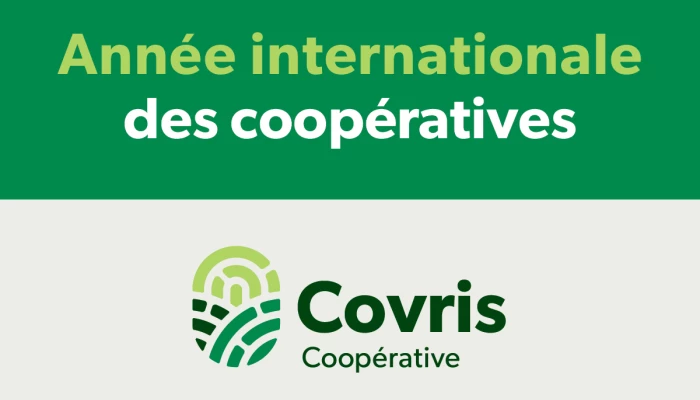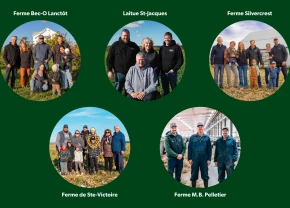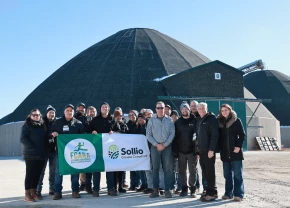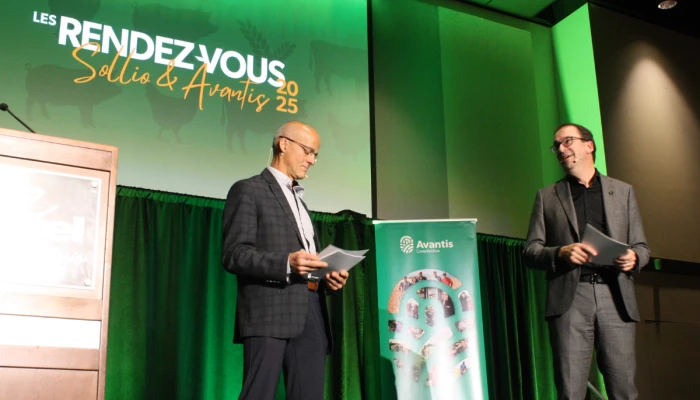Réseau coopératif
Réseau coopératif
Contenu en vedette
Que se passe-t-il dans votre coopérative, Sollio Groupe Coopératif, Sollio Agriculture, BMR et Olymel? Vous aimeriez aussi en savoir plus sur la coopération? C'est ici que ça se trouve!
Dans le cadre de l'Année internationale des coopératives, qui avait lieu en 2025, le Coopérateur vous propose le portrait de Covris Coopérative, affiliée à Sollio Groupe Coopératif.
Sollio Groupe Coopératif révèle les finalistes des catégories Établissement et Transfert du Prix relève Sollio 2025-2026.
L'événement d'Avantis Coopérative, sous le thème Déployer le potentiel pour engendrer la croissance, a réuni près de 320 participants pendant ces journées.
Cette quincaillerie du quartier Saint-Henri à Montréal était associée à une enseigne concurrente de BMR depuis plus de 50 ans.
Une quinzaine de jeunes membres du Fonds coopératif d’aide à la relève agricole visitent des installations agricoles ontariennes.











